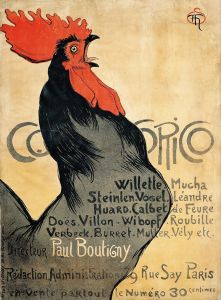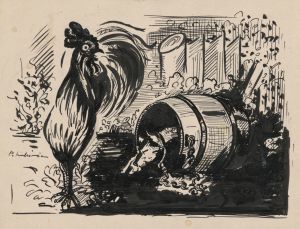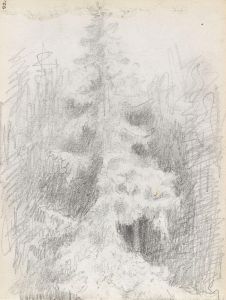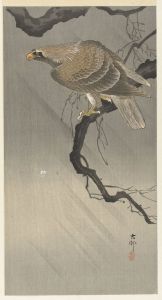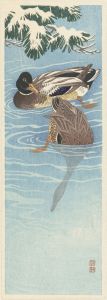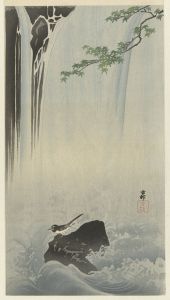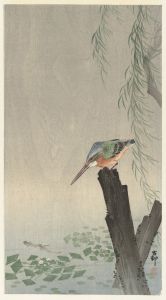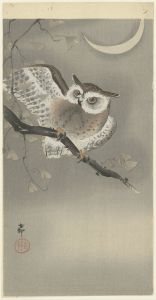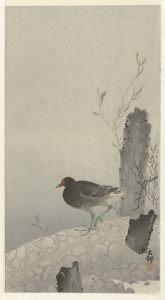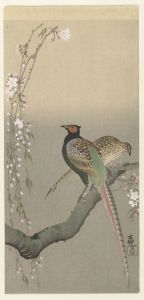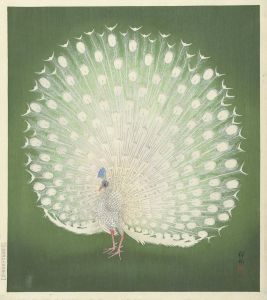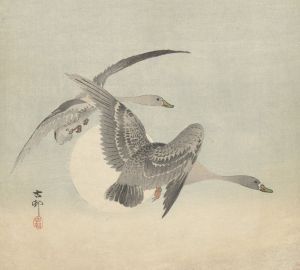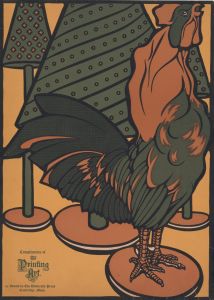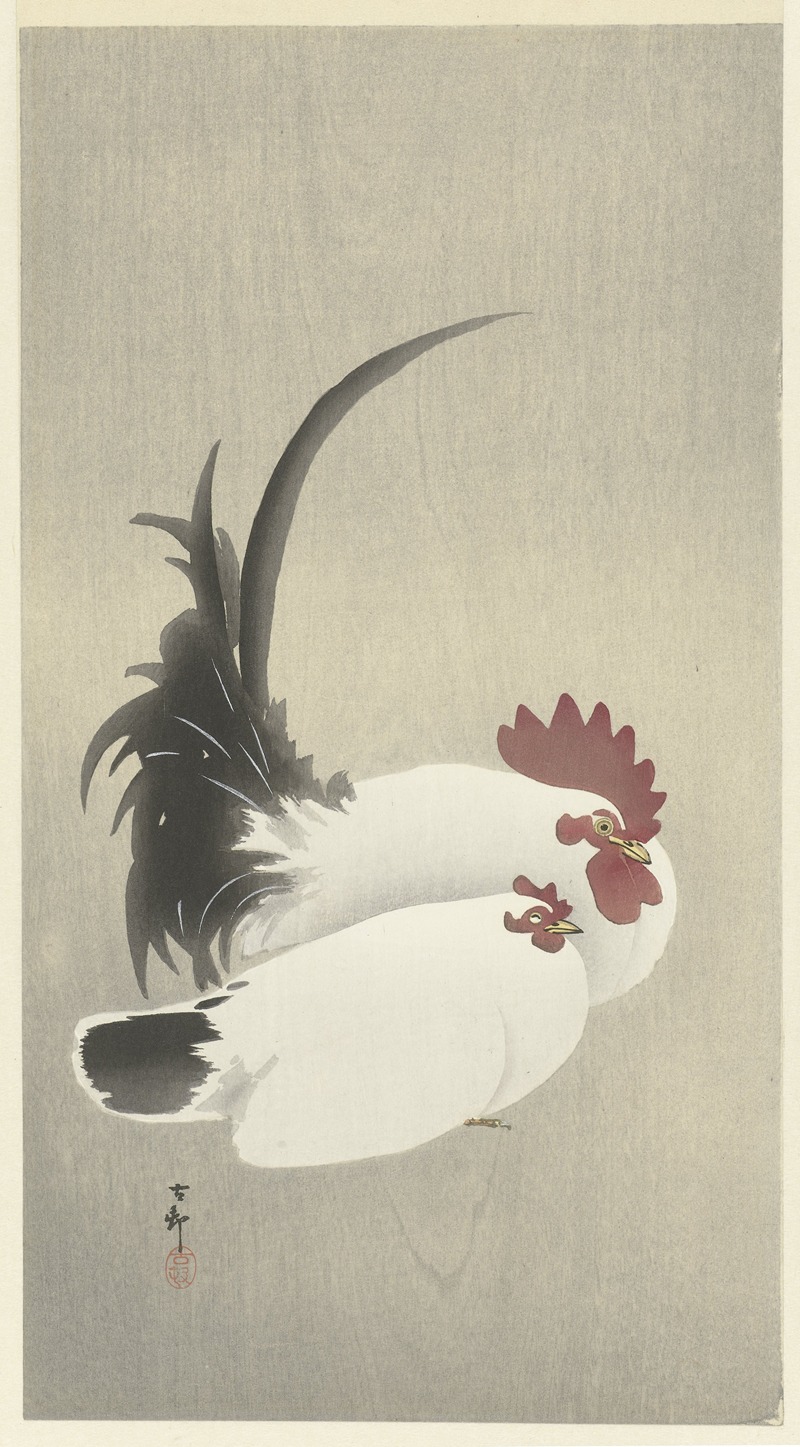
Rooster and hen
A hand-painted replica of Ohara Koson’s masterpiece Rooster and hen, meticulously crafted by professional artists to capture the true essence of the original. Each piece is created with museum-quality canvas and rare mineral pigments, carefully painted by experienced artists with delicate brushstrokes and rich, layered colors to perfectly recreate the texture of the original artwork. Unlike machine-printed reproductions, this hand-painted version brings the painting to life, infused with the artist’s emotions and skill in every stroke. Whether for personal collection or home decoration, it instantly elevates the artistic atmosphere of any space.
Ohara Koson (1877–1945) was a prominent Japanese artist known for his exquisite woodblock prints, particularly those depicting birds and flowers, a genre known as kachō-ga. His works are celebrated for their delicate beauty, attention to detail, and the ability to capture the essence of nature. Among his many works, "Rooster and Hen" stands out as a fine example of his skill and artistry.
"Rooster and Hen" is a woodblock print that exemplifies Koson's mastery of the kachō-ga genre. The print features a rooster and a hen, rendered with meticulous detail and vibrant colors. Koson's ability to depict the textures of the birds' feathers and the subtle gradations of color in their plumage is particularly noteworthy. The composition is balanced and harmonious, with the rooster and hen positioned in a way that suggests a natural interaction between the two birds.
Koson's work is often associated with the shin-hanga movement, which sought to revitalize traditional Japanese woodblock printing by incorporating elements of Western art, such as perspective and shading, while maintaining the essential characteristics of ukiyo-e. This movement emerged in the early 20th century and gained popularity both in Japan and abroad. Koson's prints, including "Rooster and Hen," were particularly well-received in the Western market, where they were appreciated for their aesthetic qualities and the exotic appeal of Japanese art.
The "Rooster and Hen" print reflects Koson's keen observation of nature and his ability to convey the personality and vitality of his subjects. The rooster, with its proud stance and vivid plumage, contrasts with the more subdued and gentle appearance of the hen. This dynamic interplay between the two birds adds a layer of narrative to the composition, inviting viewers to contemplate the relationship between the subjects.
Koson's technique involved the use of traditional woodblock printing methods, which required collaboration with skilled carvers and printers. The process began with Koson creating a detailed design, which was then carved into wooden blocks. Each block was used to apply a different color, and the final print was produced by pressing paper onto the inked blocks in succession. This meticulous process allowed for the creation of prints with rich colors and intricate details, characteristics that are evident in "Rooster and Hen."
Ohara Koson's work, including "Rooster and Hen," continues to be celebrated for its beauty and craftsmanship. His prints are held in high regard by collectors and are featured in the collections of major museums around the world. Koson's ability to capture the essence of his subjects and his contribution to the shin-hanga movement have secured his place as one of the leading figures in early 20th-century Japanese art.





